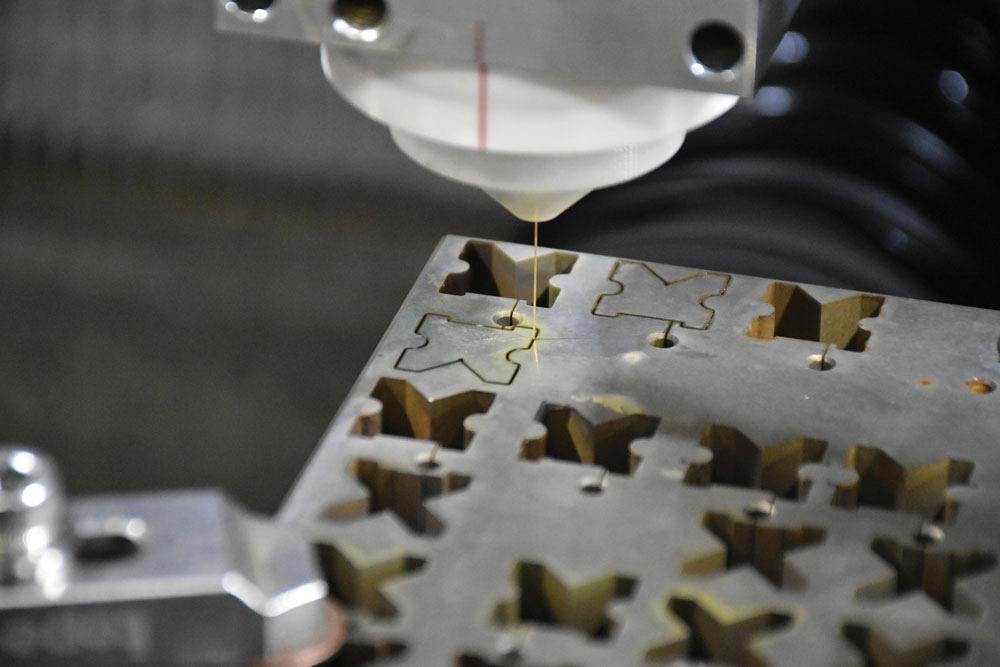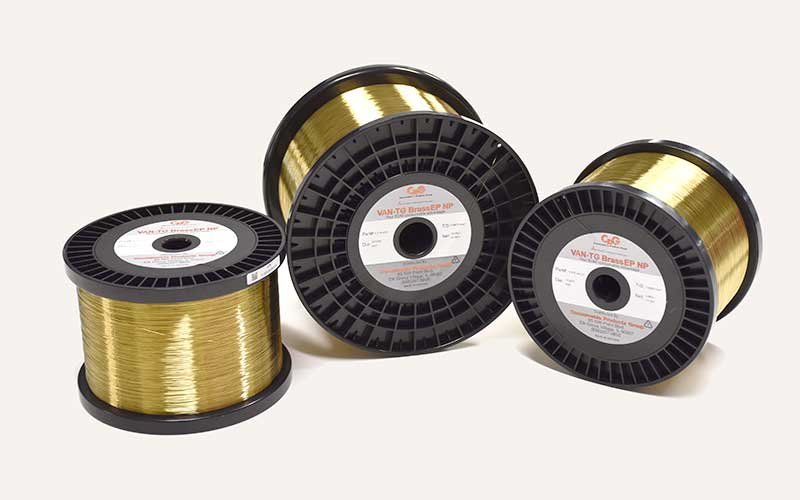What is Shot Blasting?
Shot Blasting, also known as bead blasting, is a process in which spherical or irregularly shaped pellets, known as “shot,” are propelled onto a surface using mechanical force or centrifugal force. The shot used in this process is typically made of materials like steel, copper, or aluminum.
In the shot blasting process, the metallic shot is hurled at the surface for cleaning purposes. This operation can be carried out in a turbine-like machine where the piece or metal in question is placed inside for shot blasting, or it can be done by an operator using a shot blasting gun. However, the use of a gun for shot blasting is less common.
Shot blasting is widely used in aerospace, automotive, and civil construction industries, especially when dealing with steel components. In many applications, executing shot blasting is one of the crucial surface operations to achieve the desired quality level. This process is effective for cleaning, strengthening, or polishing metal surfaces and is an integral part of the manufacturing process in various industries.
How is shot blast done?
Shot blasting is a cleaning mechanism based on harnessing kinetic energy. Here’s how the process works and the factors influencing its effectiveness:
- Mass of the Abrasive Pellets
- The greater the mass of the abrasive pellets used in shot blasting, the deeper the impact. The selection of pellet mass largely depends on the size and weight of the piece being treated. Incorrect weight selection can either damage the piece or fail to achieve the desired effect.
- Transfer Velocity
- Controlling the velocity at which particles are projected allows for managing the duration of the shot blasting process. Higher velocities result in a faster process. However, at high speeds, it’s crucial to control the increase in temperature, the wear of the pellets, and the stability of the piece. Typically, the particle velocity in shot blasting ranges from 50 to 100 meters per second.
- Angle of Impact
- Optimizing the angle at which particles hit the surface can reduce the process time and costs. Certain projection angles may cause surface defects. Therefore, the impact angle of the pellets must be carefully engineered.
- Shape of the Pellets
- This factor largely depends on the geometric shape of the piece and the desired surface finish. For cleaning corners, angular and smaller pellets are chosen, while spherical pellets are preferred for relieving stress on smoother surfaces.
- Coverage Percentage
- The coverage percentage is related to the size of the projected particles, which is determined by the geometry of the piece. Larger pellet sizes result in higher coverage, shortening the process duration.
These factors are crucial in ensuring the shot blasting process is both effective and efficient. It’s a highly versatile method used in various industrial applications, including surface cleaning, texturing, and preparing for coatings or other treatments.
Latest Articles in your inbox
Subscribe to our newsletter to get the newest manufacturing and industrial services articles in your inbox once a week.










